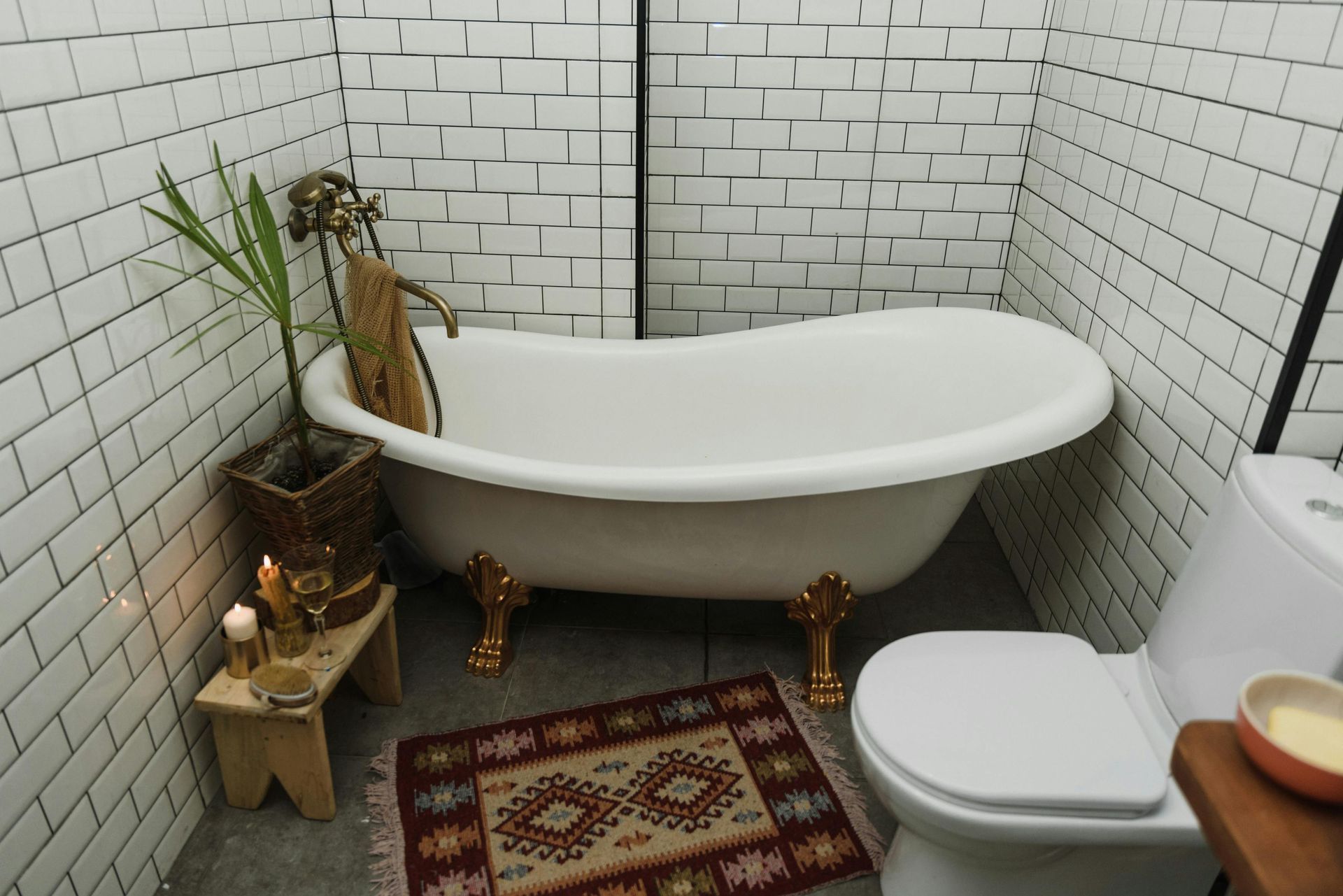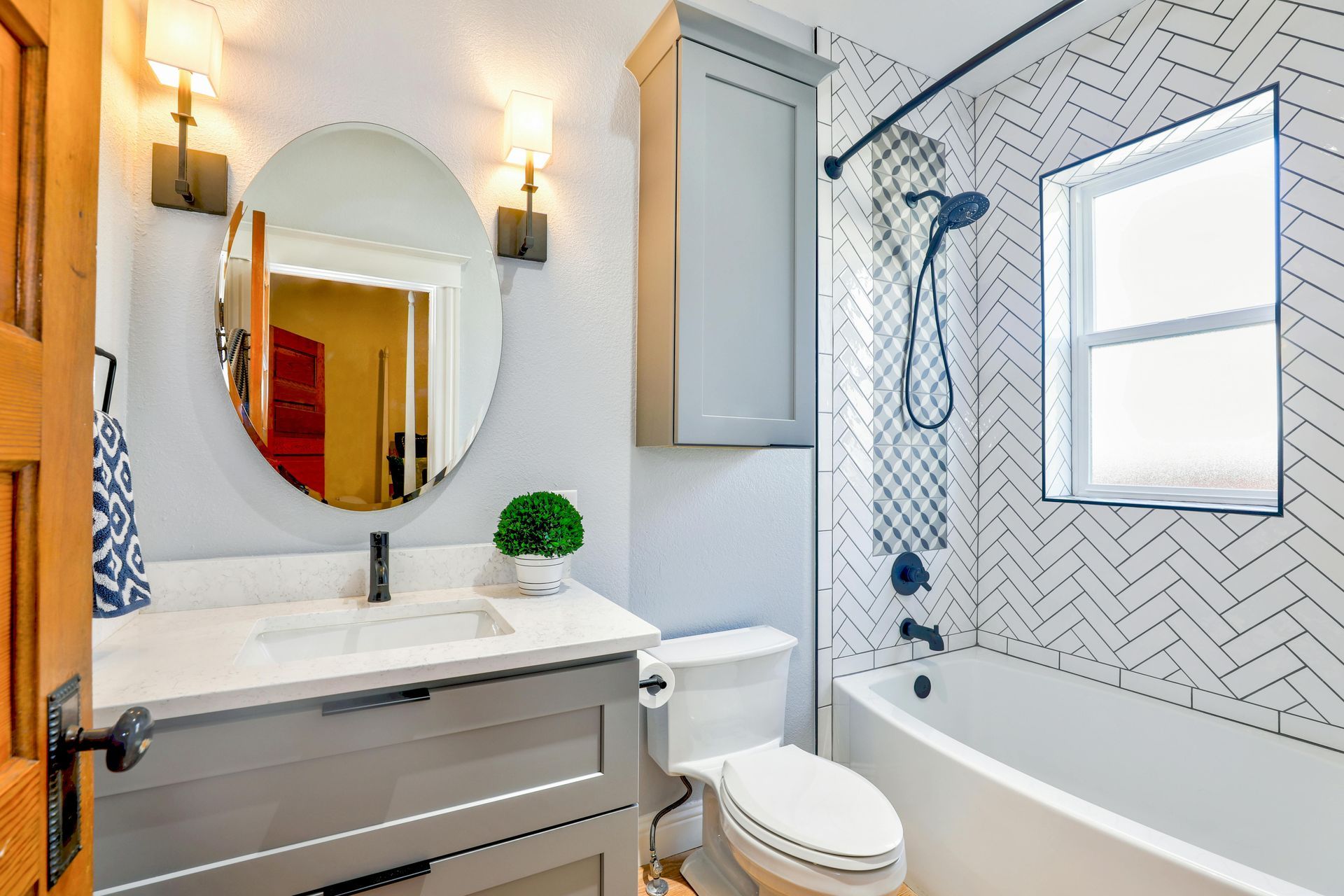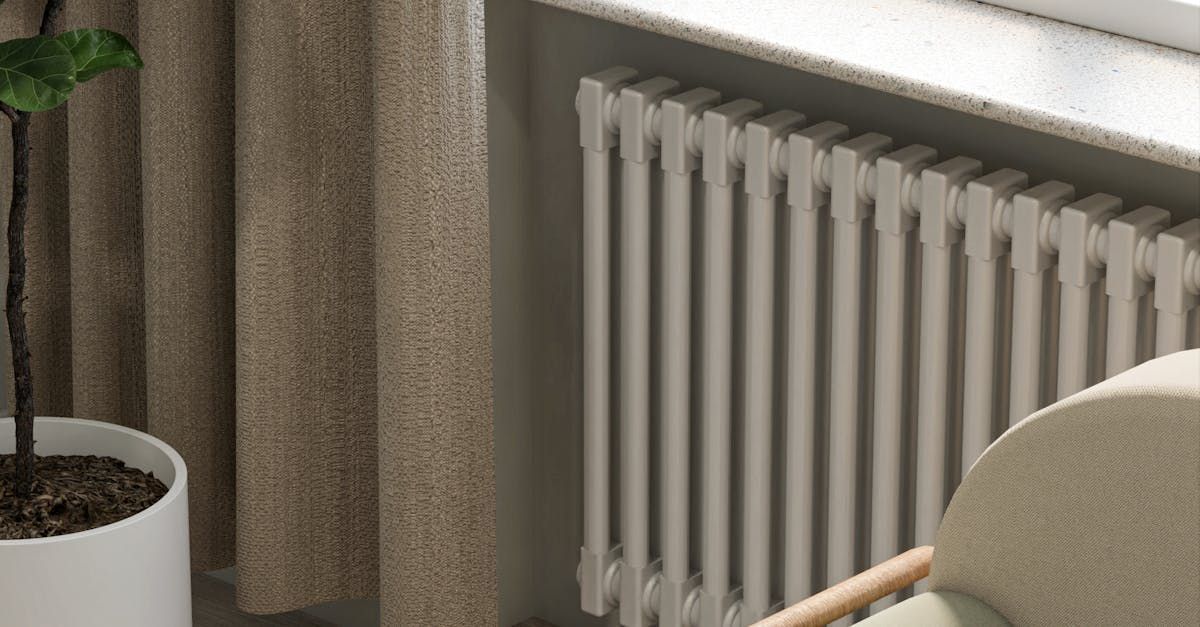Is CORGI still a name in gas?
Is CORGI Register Still Valid?
If you’ve been a home owner for a while, you might remember the days when the CORGI Register was the standard for gas safety in the UK. The little orange logo used to be everywhere, on vans, ID cards and invoices.
But now, no, CORGI is no longer the official gas safety register in the UK. But there's a bit more to this! If you're hiring a tradesperson for work involving gas, be that a boiler replacement, a new gas hob, A gas fire or even relocating a gas pipe, it’s really importantn to know who’s qualified and what to look out for.
What Was CORGI?
CORGI stands for the Council for Registered Gas Installers. It was set up back in 1970 in response to a number of serious gas related incidents across the country. Its purpose was to register gas engineers and make sure they were competent, safe, and working to national standards.
For nearly four decades, CORGI was the body responsible for making sure anyone working with gas appliances in homes and businesses was trained and certified.
What Happened to CORGI?
In April 2009, the responsibility for gas safety in the UK shifted from CORGI to a new body: the Gas Safe Register. This change was made by the Health and Safety Executive (HSE), the government authority responsible for regulating workplace health and safety.
The move wasn’t due to any major failings by CORGI but was part of a wider government review into how the industry could be regulated more effectively. The Gas Safe Register took over the official role of regulating gas engineers and has been the recognised standard ever since.
If a plumber or heating engineer tells you today that they’re “CORGI registered,” they’re either behind the times or possibly trying to trade off the old brand recognition. While some engineers may still have CORGI ID cards from years ago, these are no longer valid for carrying out gas work legally in the UK.
So Who Should You Be Hiring Now?
When you need any work done involving gas—installing a boiler, moving a gas pipe, servicing a fire—you must use an engineer who is Gas Safe registered. This is the legal requirement, and it’s there for good reason.
Gas Safe engineers carry a yellow ID card that shows their registration number, their photo, and a list of the types of work they’re qualified to do. It’s a good habit to ask to see this card before any work starts. Don’t worry about offending anyone, any legitimate professional will expect it.
What About Plumbers and Bathroom Fitters?
Here’s where things can get a little confusing. Many plumbing jobs have nothing to do with gas at all. Installing a new shower, fitting a toilet, or replacing radiators. As these don't touch gas a Gas Safe registered person is not needed.
Just to ass a little more confusion, even within the Gas Safe Register, engineers are only qualified for certain types of work. Some specialise in domestic boilers, others in commercial systems or LPG appliances. Their ID card will tell you exactly what they’re allowed to do!
Why Does the Confusion Persist?
Even though CORGI hasn’t been the official body for over 15 years, the name still pops up from time to time. That’s largely because it was around for so long and built up a lot of trust with the public. Some engineers still mention it on websites or business cards. And some homeowners who haven’t had major work done in a while may not have heard about the change.
But times have moved on, and the Gas Safe Register is now the only body that matters when it comes to gas safety. It’s the name to look for, and it’s backed by the HSE. For extra peace of mind, you can even check an engineer’s registration online at the Gas Safe Register website, just by typing in their ID number.
Here at GW Plumbing, with the exception of apprenteices (who are supervised at all time), we are all gas safe registered so any job is fully covered.




